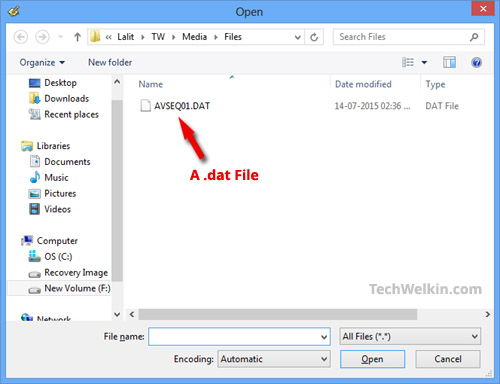
economy and defines the set of occupations for which data is collected.
The O*NET-SOC Occupation Taxonomy covers work performed in the U.S. The O*NET Content Model provides the framework that identifies and organizes this important information about work. The O*NET database has a wide variety of worker and job oriented data categories. The O*NET Database: A Primary Source of Occupational Information Also see the documentation for each of the new files: 1,995 alternate titles related to 629 occupations were added from employer job postings and customer input.įor additional details on the interests updates, see Updating Vocational Interests Information for the O*NET Content Model in our Reports and Documents area.New file containing illustrative occupations linked to the general and basic occupational interests.New file containing illustrative work activities related to the general and basic occupational interests.New file linking each basic occupational interest to relevant general occupational interests.New file containing action and object keywords for each general (RIASEC) occupational interest.Basic Occupational Interests added to the O*NET Content Model - a set of 41 more detailed and precise interest elements.In the 27.2 database, basic occupational interests were added, along with new data files for general and basic interests. For additional details on the Hot Technology and In Demand designations, see Hot Technologies and In Demand Technology Skills within the O*NET System in our Reports and Documents area. The purpose of the two designations is to enable O*NET customers to learn which technology skills employers in the US economy are presently emphasizing and searching for while recruiting employees.
#Read db file online software#
In Demand technology skills are software and technology requirements frequently included in the employer job postings for a particular occupation.Hot Technologies are software and technology requirements most frequently included across all employer job postings.This release updates the approach to identifying “Hot Technologies” and introduces the concept of “In Demand” technology skills. 18 alternate titles related to 13 occupations were added from customer input and other sources.641 technology skill linkages related to 215 occupations were added from employer job postings.2,515 technology skill linkages were identified as “In Demand” for 478 occupations.157 technology skills, related to 892 occupations via 10,707 linkages, were identified as “Hot Technologies” using an updated approach.In the 27.1 database, an updated approach to identifying “Hot Technologies” was introduced, along with the concept of “In Demand” technology skills.
#Read db file online update#


Addition and update of Job Zones data for 80 occupations.Addition and update of Work Styles data for 80 occupations.Addition and update of Training and Work Experience and Education data for 80 occupations.Addition and update of Abilities, Skills, Work Activities, Knowledge, and Work Context data for 80 occupations.Addition and update of Task Statement ratings (importance, relevance, and frequency) for 80 occupations.If your goal is not necessarily to create a database, but rather to run SQL queries on your CSV data, this function will allow you to return the results of an SQL query done against your CSV file, in the form of another CSV file. To view more examples for specific usages, read the documentation on the csvsql command Query CSV using SQL csvsql -query "select date from data where price > 30" data.csv > new.cs Running this command will allow you to insert your CSV file into an already existing postgres database. Import CSV into PostgreSQL csvsql -db postgresql:///database -insert data.csv Instead, I will highlight two functions that might be useful for you to explore, and leave the documentation here for you to read more. The library of commands is quite extensive, and the functionality that it would allow you to perform is quite extensive.įor the purposes of this article, I won't get too into depth about the process of setting up the tool and getting your environment set up. If you're a more technical user, you can also explore using csvkit, a command line tool that allows you to manipulate CSV's. Using Command Line Arguments to Convert CSV to Database


 0 kommentar(er)
0 kommentar(er)
